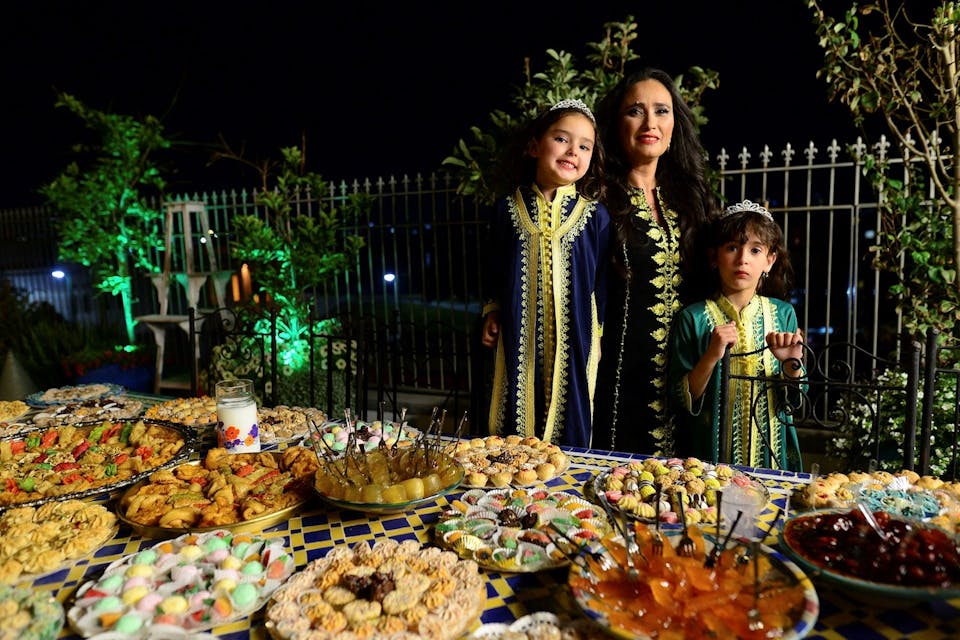
July 5, 2018
The Vital Energies, Especially Musical, of Israel’s Desert Towns
A letter from the "development town" of Ofakim, where Jews from North Africa are helping to forge a new Israeli culture.
Ofakim is a working-class city of 30,000 people in southern Israel, twenty minutes west of Be’er Sheva, the regional capital, and thirty minutes from Gaza’s Mediterranean coast. Conventionally referred to as a “development town,” Ofakim was established in 1955 with the aim of drawing newly arriving immigrants away from Israel’s central coastal region and strengthening the country’s hold on the sparsely populated Negev desert.
As in other development towns across the southern region, Ofakim’s settlers were not the revolutionary Zionist dreamers of an earlier era but dazed, religiously traditional “Mizraḥi”—i.e., “eastern”—Jews from Arab and Islamic lands. In Ofakim’s case, these Jews, mainly from Morocco and Tunisia, were bused straight from the port to their destination by Israel’s socialist government—high, in that hectic and heady era of state-building, on central planning.
Situated far from the center of Israel’s economic engine, and with its fate often determined by bureaucrats, Ofakim struggled to grow economically for much of its history. Today, its population still retains a heavily North African and especially Moroccan character. Occupying a seat in what is conventionally referred to as Israel’s “periphery,” Ofakim and its residents also occupy a peripheral place in media coverage of the country except as colorful curiosities or objects of socio-economic analysis.